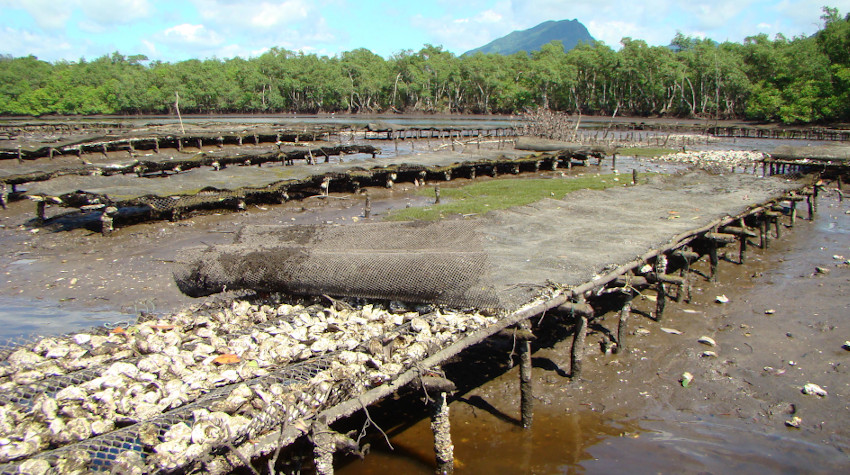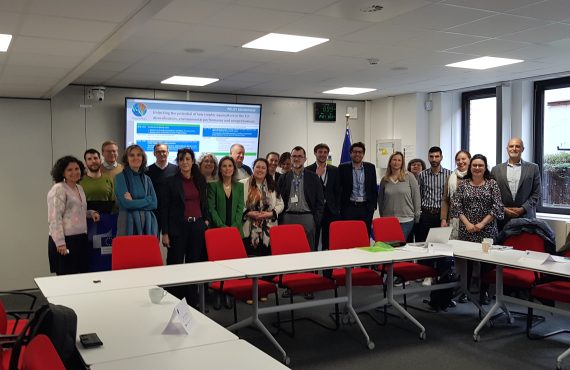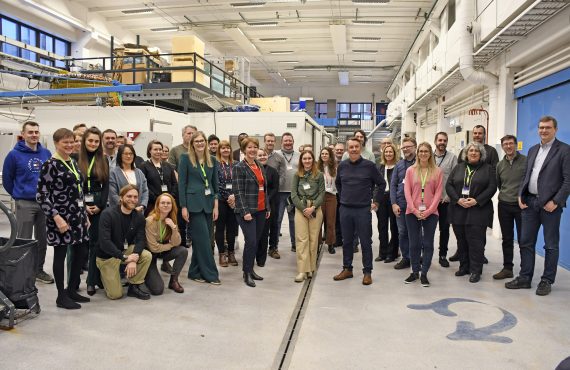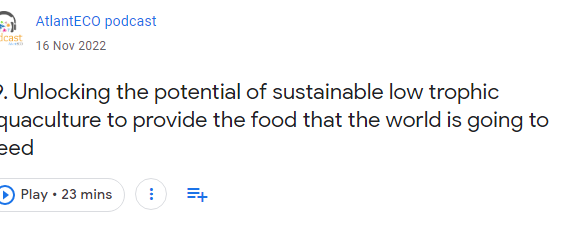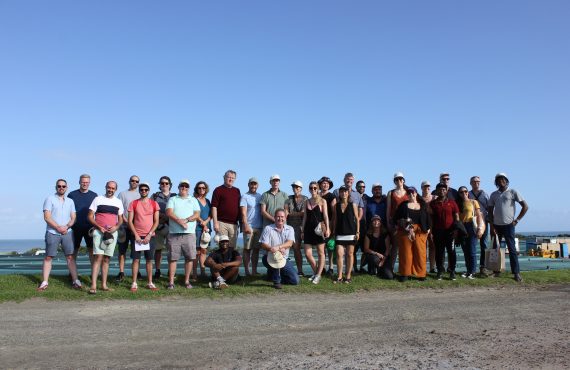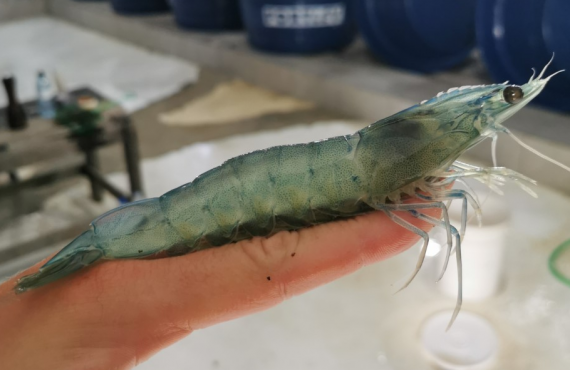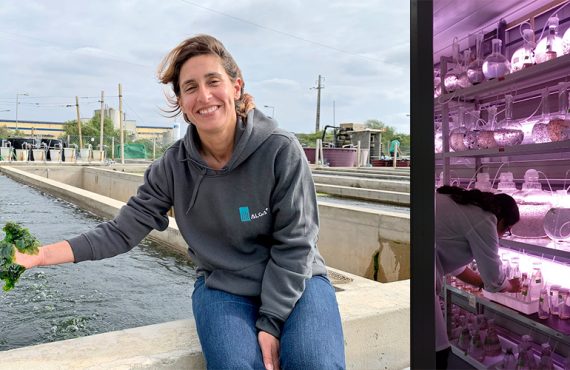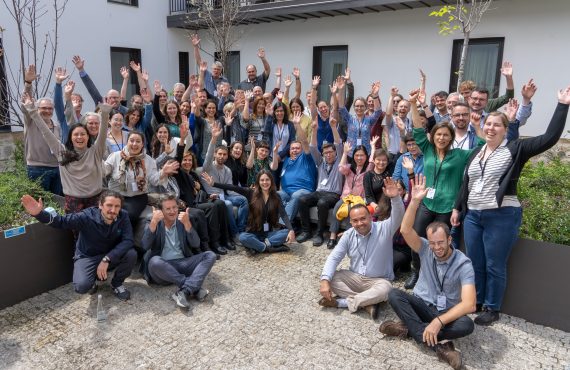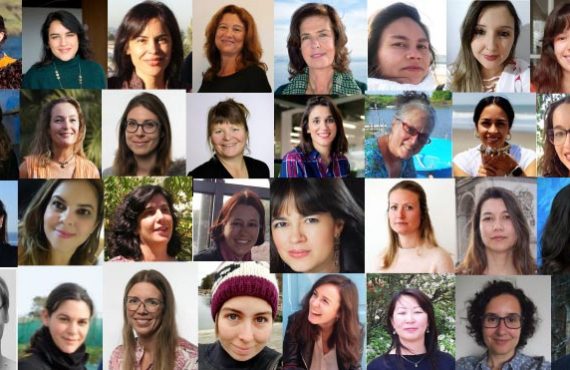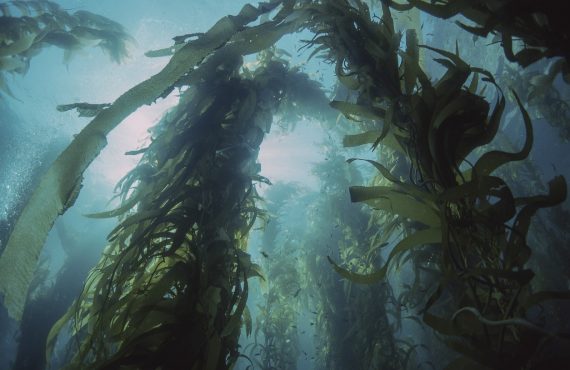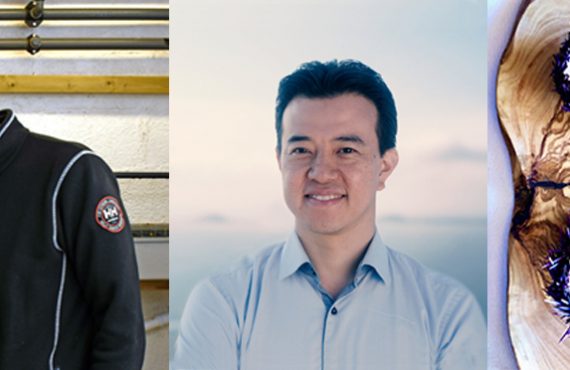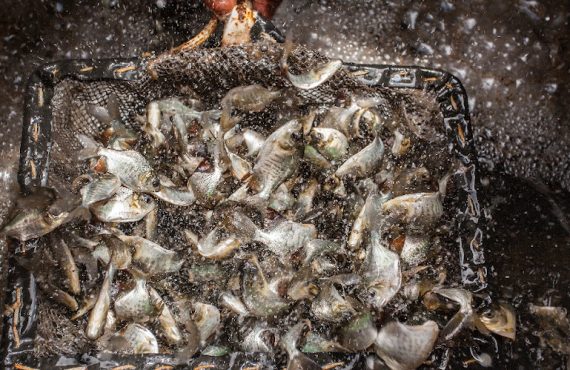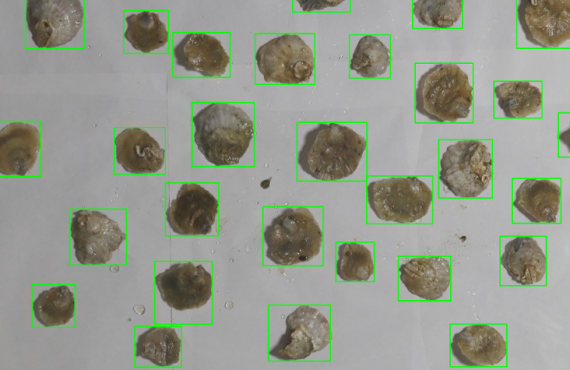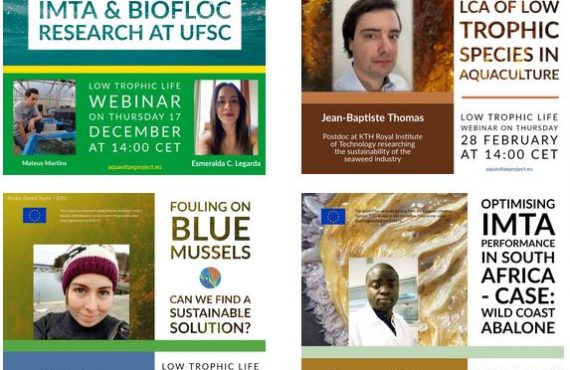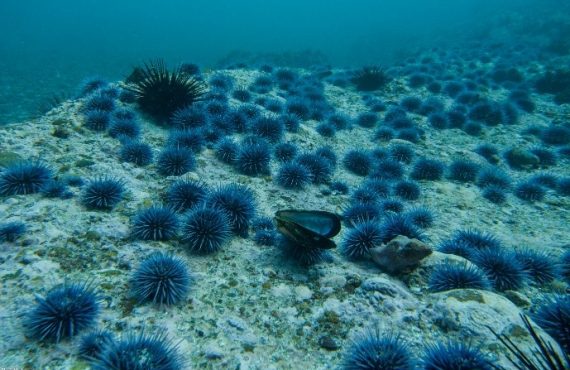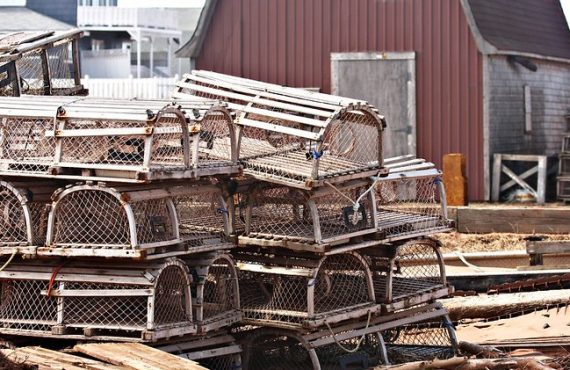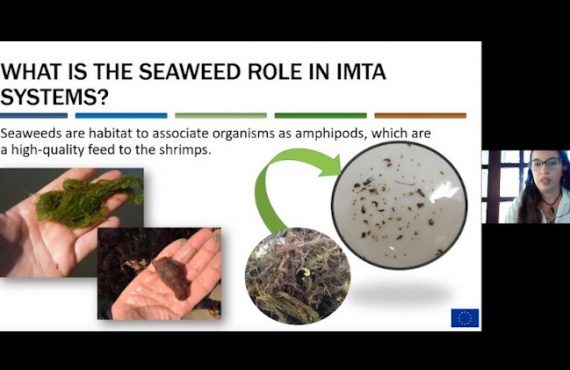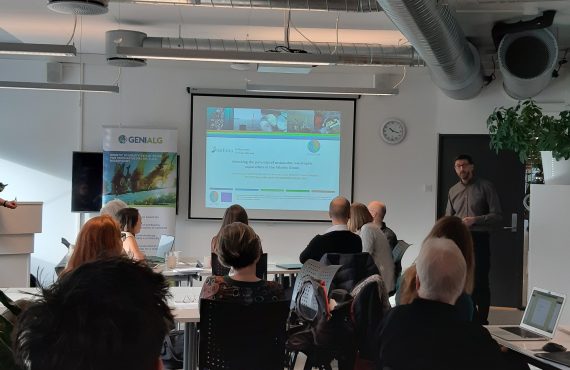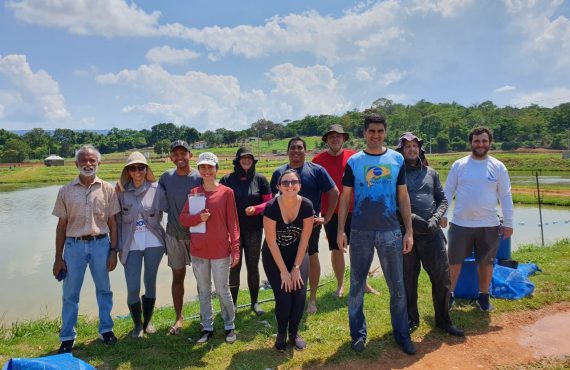Mangrove oysters production in Cananeia, Sao Paulo, in Brazil. Photo by Patricia Moraes-Valenti.
By Patricia Moraes-Valenti, professor at the PhD Program in Aquaculture, UNESP
The article “Aquaculture in Brazil: past, present and future¹” profoundly characterizes Brazil’s aquaculture sector based on the compilation of data from five official databases and information obtained from 77 stakeholders, representing all country regions and all actors in the production value chain. It serves as a base not only for academia but for public managers and the business sector. The article was written by four Brazilian researchers participating in AquaVitae,Wagner Valenti, Patricia Moraes-Valenti, Guilherme Bueno, Ronaldo Cavalli, and also Helenice Barros. It was published in the journal Aquaculture Reports and is available as open access, and thus, it is open to everyone who wants to access it.
The article discusses the beginning of aquaculture in Brazil, which occurred in the middle of the 17th century in the country’s Northeast region. As a professional activity, however, Brazilian aquaculture is only half a century old. The annual production is about 0.8 million tonnes, moving more than 1 billion dollars.
Main species: tilapia, tambaqui, shrimp
The article shows Brazil’s different aquaculture systems, the different cultivated species (fish, shrimp, frogs, mollusks, other invertebrates, and algae), and production methods. Of the 5,570 Brazilian municipalities, 4,198 have reports of some aquaculture production, according to data collected by the authors from the Brazilian Institute of Geography and Statistics (IBGE). Tilapia (Oreochromis niloticus) is the most produced fish in Brazil, followed by tambaqui (Colossoma macropomum) and its hybrids. The main species of shrimp produced is the white leg shrimp (Litopenaeus vannamei).
A consolidated freshwater sector, potential for mariculture
Still, the authors point out that, although aquaculture is strengthened as an economic activity for several producers, subsistence aquaculture is still maintained in the country, mainly based on carp, a fishes group that makes little or no use of inputs. This production is not always included in the statistics and, therefore, can be “invisible” to the eyes of academia, industry, and decision-makers responsible for public policies in the country.
Currently, aquaculture in Brazil predominates in freshwater, with more than 200 thousand fish farms. The production of marine shrimp occurs in approximately 3000 farms. There are about 100 aquaculture Research & Development institutions in the country. Brazil has excellent potential for developing mariculture, which is still little explored.
Brazil has a vast consumer market for fish used for food and live-bait for fishing, juveniles for restocking natural environments, and ornamental organisms. The article mentions that approximately 20% of all fish consumed in Brazil is imported, generating a commercial deficit of about US $ 1.2 million. Most of the imported fish are marine fish. Therefore, mariculture has a lot to grow based only on the internal market.
Reference:
¹Valenti, W. C., Barros, H. P., Moraes-Valenti, P., Bueno, G. W., & Cavalli, R. O. (2021). Aquaculture in Brazil: past, present and future. Aquaculture Reports, 19, 100611. DOI: 10.1016 / j.aqrep.2021.100611



